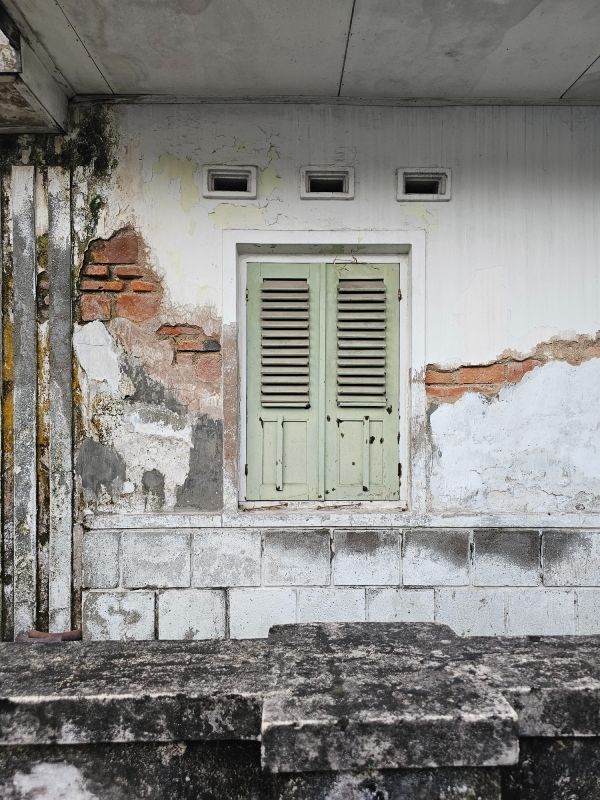Essential Steps for Mold Removal and Flood Restoration in SingaporeEssential Steps for Mold Removal and Flood Restoration in Singapore
Singapore’s tropical climate makes it especially prone to heavy rains and humidity, creating the perfect conditions for mold growth and flooding. Whether it’s a result of flash floods or prolonged water leakage, flood damage can quickly lead to mold infestations if not handled properly. To protect your property and ensure a safe living environment, it’s crucial to take immediate action after a flood or water-related disaster.
Assess the Damage
The first step in flood restoration and mold removal is assessing the extent of the damage. Floodwater can compromise the structural integrity of your property, seep into walls, flooring, and furniture, and create hidden moisture pockets where mold thrives. Conducting a thorough inspection will allow you to determine which areas are most affected by water damage and mold growth.
Hiring mould specialist Singapore professionals for a detailed assessment is highly recommended. Certified mold inspectors can identify mold spores and detect moisture levels using specialized tools, ensuring no hidden mold colonies are left untreated.
Prioritize Safety
Before beginning any restoration work, ensure that the affected areas are safe. Floodwater often contains contaminants like bacteria, sewage, and chemicals, which can pose serious health risks. Mold, too, can cause respiratory problems, allergic reactions, and other health issues, particularly for those with preexisting conditions like asthma.
Wear protective gear such as gloves, masks, and goggles before entering flooded or mold-affected areas. It’s important to also shut off the power supply to prevent electrical hazards, especially if water has seeped into the walls or electrical outlets.
Water Extraction and Drying
Once the assessment is complete and safety measures are in place, the next step is to remove standing water from the premises. Water extraction is critical to prevent further damage and reduce the risk of mold growth. Professional-grade pumps, wet vacuums, and dehumidifiers are typically used to remove excess water and begin the drying process.
After the water is removed, the drying process must be accelerated to ensure all moisture is eliminated. Industrial fans and dehumidifiers are used to dry out walls, floors, and furniture. This step is crucial because any remaining moisture can trigger mold growth within 24 to 48 hours.
Remove Damaged Materials
Floodwater and mold can severely damage porous materials like carpets, drywall, and insulation. These materials should be removed and disposed of if they cannot be salvaged. Mold can grow deep within porous surfaces, making it difficult to fully eliminate with cleaning alone.
In severe cases, you may need to remove parts of the walls, flooring, or ceiling that have been compromised by water or mold damage. Non-porous items such as glass, metal, and hard plastics can often be cleaned and restored.

Mold Removal and Remediation
Mold remediation is a crucial step in the restoration process, especially after flooding. Mold removal involves several steps, from containment to cleaning and decontamination. If the mold problem is extensive, professional mold remediation services are essential to ensure complete removal.
Here’s what professional mold remediation usually involves:
Containment: To prevent mold spores from spreading to other areas of the property, the affected area is sealed off with plastic sheeting.
Air Filtration: HEPA filters and air scrubbers are used to trap airborne mold spores and improve air quality during the remediation process.
Mold Removal: Specialized cleaning products and techniques, such as HEPA vacuuming and antimicrobial treatments, are used to remove mold from non-porous surfaces. In cases where mold has penetrated deep into porous materials, those materials are removed and discarded.
Preventive Measures: After the mold is removed, surfaces are treated with antifungal solutions to prevent future growth. Identifying and fixing the moisture source—whether it’s a leak, poor ventilation, or high humidity—is essential to prevent mold from returning.
Sanitizing and Disinfection
After mold removal and water extraction, the affected areas must be thoroughly cleaned and disinfected. Floodwater often leaves behind bacteria, viruses, and chemicals that can be hazardous. Cleaning agents and disinfectants are used to sanitize surfaces, while deodorizing treatments help eliminate odors caused by mold and water damage.
During this step, it’s important to use disinfectants that are safe and effective, particularly in areas where food is prepared or children and pets may be present.
Restoration and Repairs
Once the property is completely dry, mold-free, and sanitized, it’s time for the restoration and repair phase. Depending on the extent of the damage, this may involve replacing flooring, repairing walls, repainting, and reinstalling furniture or cabinetry. In severe cases, a full renovation may be necessary.
For added protection, many property owners choose to install moisture-resistant materials, such as epoxy flooring, which provides a durable and mold-resistant surface that’s ideal for areas prone to water damage.
Monitor for Future Mold Growth
Even after thorough mold remediation and restoration, it’s important to monitor your property for any signs of mold reappearing. Humidity levels should be kept under control using dehumidifiers, and any leaks or moisture issues should be addressed immediately. Regular inspections can help catch potential mold problems early before they escalate.
Trust the Experts for Mold Removal and Flood Restoration in Singapore
Mold removal and flood cleaning services are complex processes that require immediate action and expert knowledge to ensure your property is safe and healthy. With Singapore’s humid climate, the risk of mold growth after flooding is particularly high, making professional assistance essential.